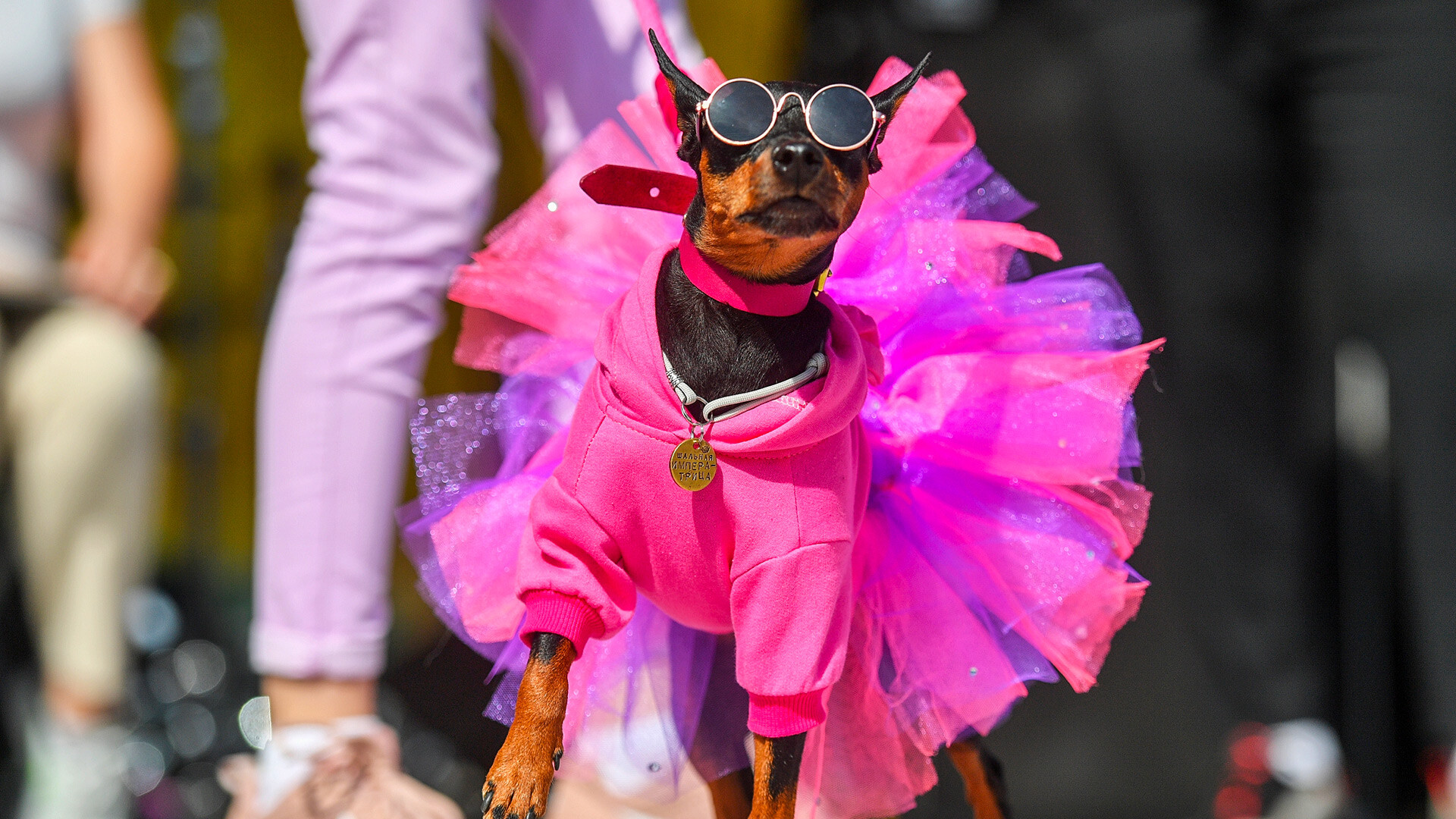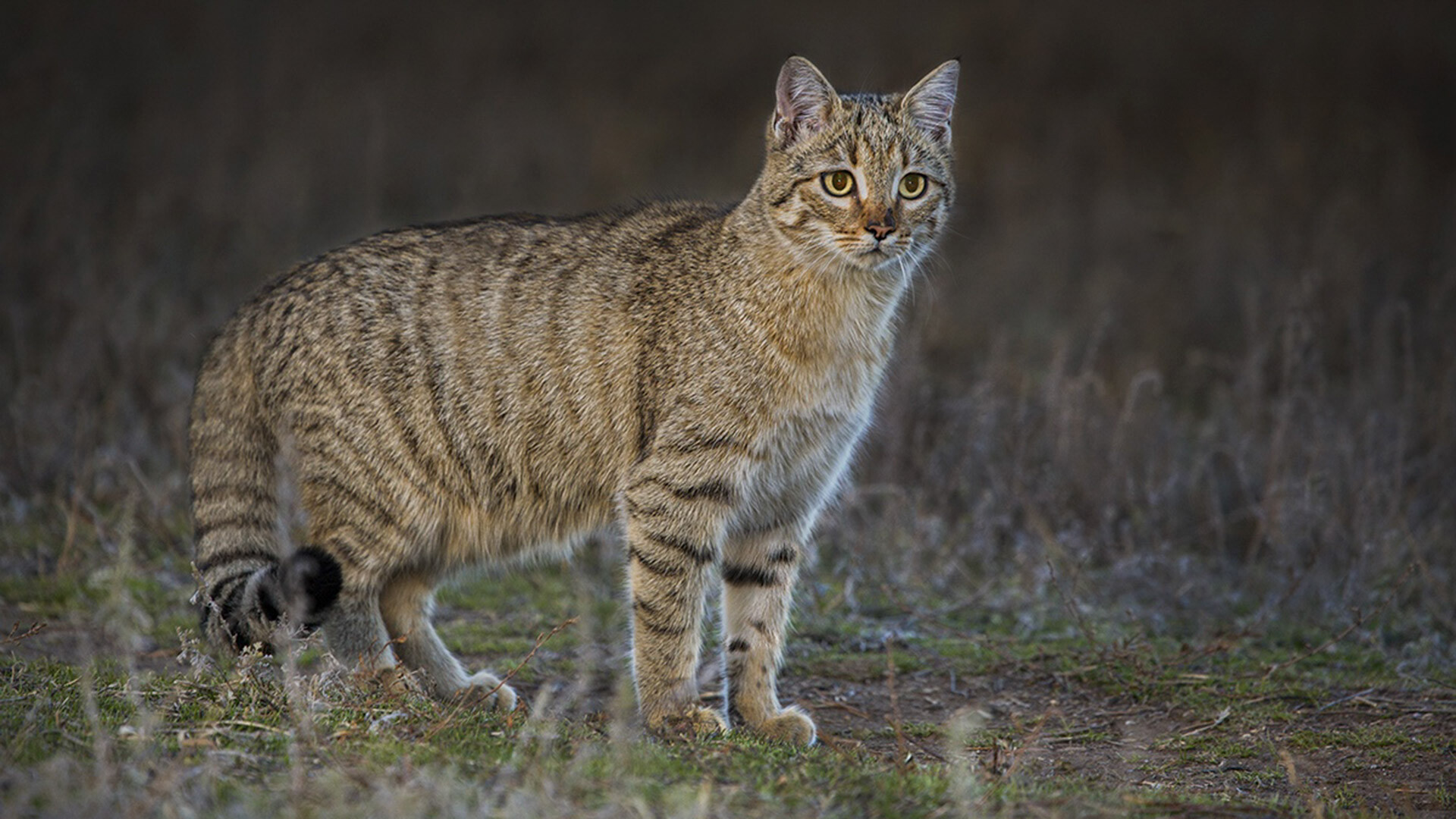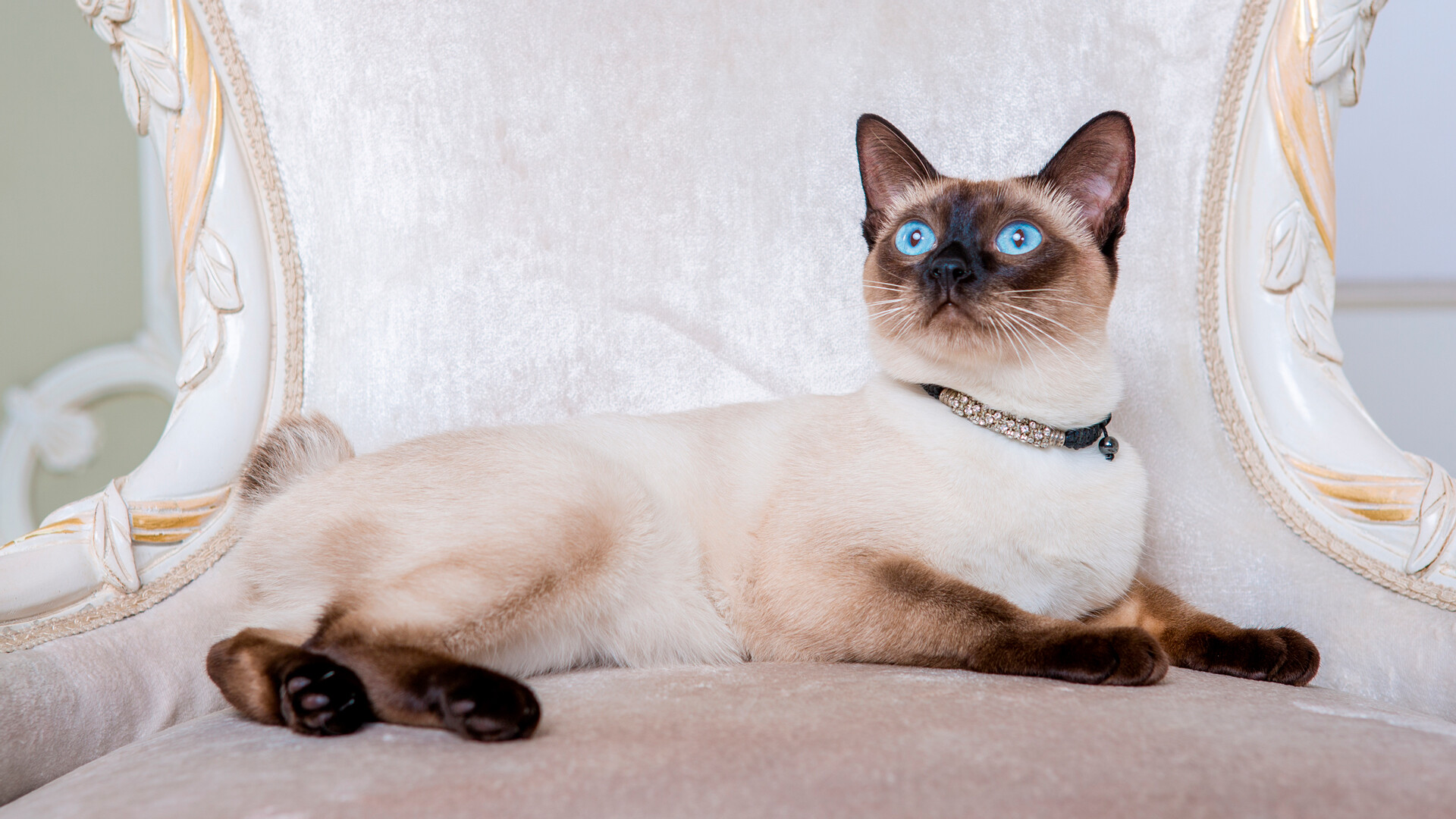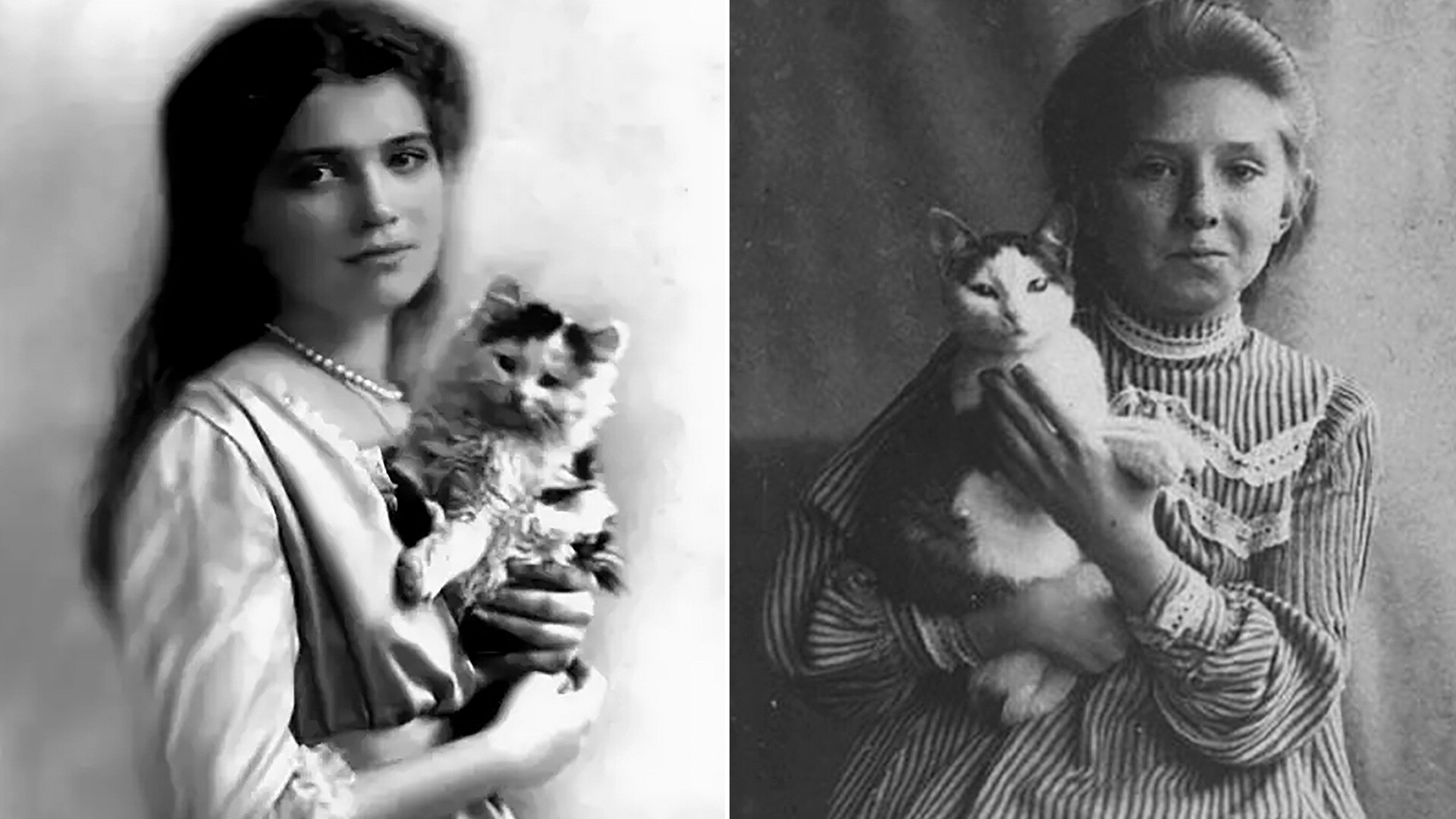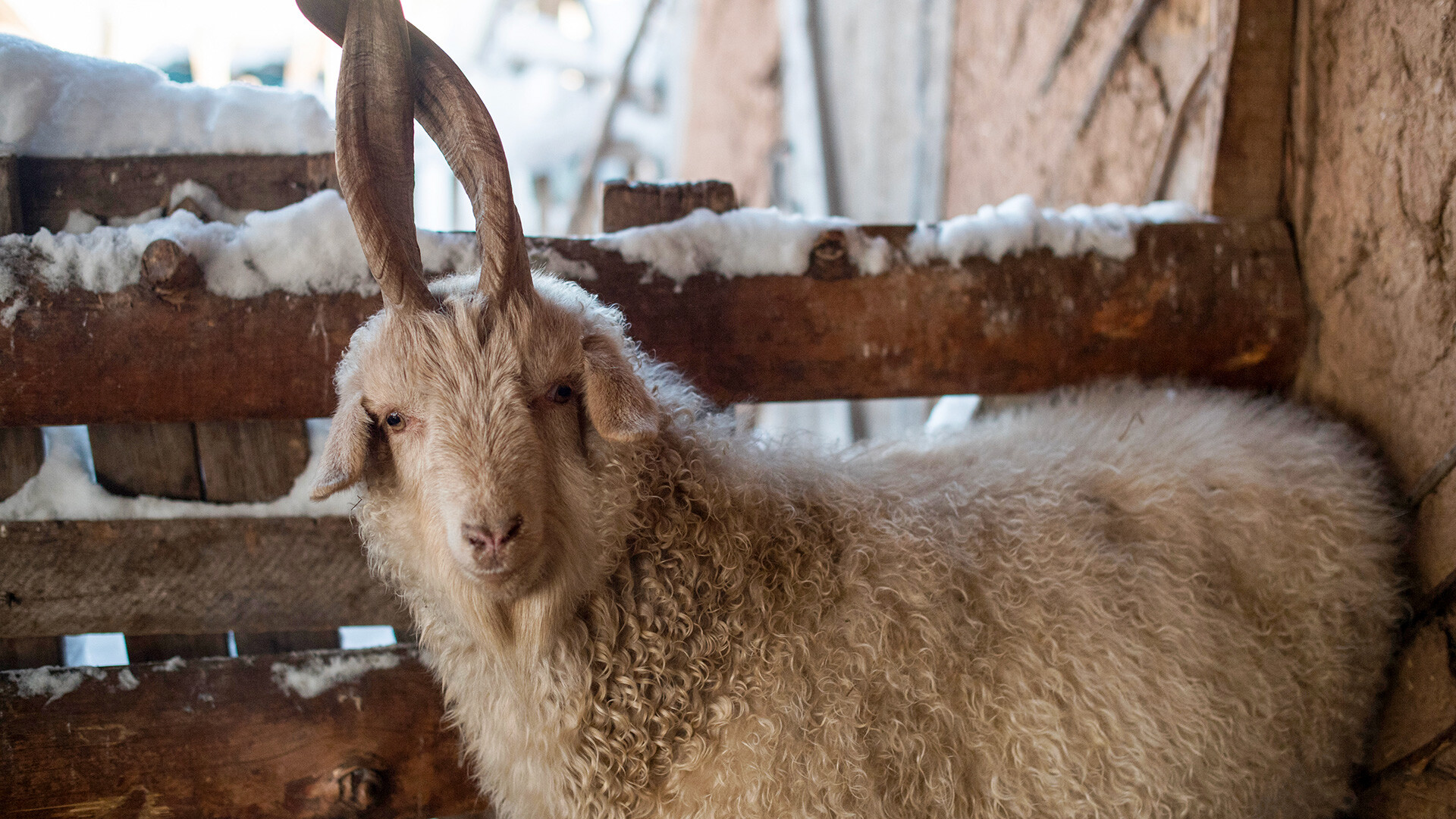
How the USSR made the jackal a domestic animal

The word ‘shalayka’ is the result of adding two other words: ‘shakal’ (jackal) and ‘laika’ (aboriginal spitz). In the 1960s, the Russian Ministry of Internal Affairs began thinking about breeding a new breed of service dog: compact enough to work in any environment, but with a keen sense of smell, hearing and high adaptability. This is how the idea arose to cross a domestic dog with a jackal. The new breed was supposed to inherit the dog's love for people and the jackal's unique working qualities.

The reindeer herding husky dog breed was chosen to be responsible for the canine component in the development of the new hybrid, having first crossed it with a fox terrier for greater human orientation, while the Central Asian jackal was chosen to be responsible for the wild component. The development of the hybrid was undertaken by Soviet biologist and cynologist Klim Sulimov. For a long time, the new breed was known as ‘Sulimov's dog’.

As a result of the work of cynologists, after several generations, a hybrid was obtained that had 1/4 jackal blood and 3/4 dog blood. The dog itself was small in size, usually no taller than 45 cm at the withers, with gray-red fur and smaller, lighter paws. In appearance, it looks like an ordinary mongrel. In reality, it is an animal of unique qualities and performance, a living detector capable of finding drugs and explosives in the most inaccessible places. At the same time, unlike large service dogs, it does not attract attention, does not take up much space and is capable of working equally effectively both in the technical compartments of aircraft and in passenger cabins. That’s why shalaikas are most often used to protect airports.

Also, a distinctive feature of the shalaika is its eating behavior. Simply put, they become attached not to a person, but to encouragement. Cynologists who train shalaikas note that they are indifferent to praise, affection and other “intangible” rewards, but they do their job well for a treat. This turns them into convenient security service partners. Any specialist, not just the owner, can work with such a dog.
The shalaika is not only a unique achievement of Russian biology and cynology, but also a reliable addition to civil aviation security. In 2018, the shalaika breed group was officially accepted and registered in the Russian Cynological Federation.








